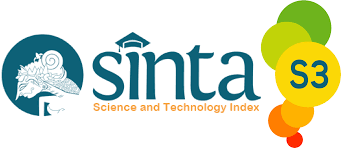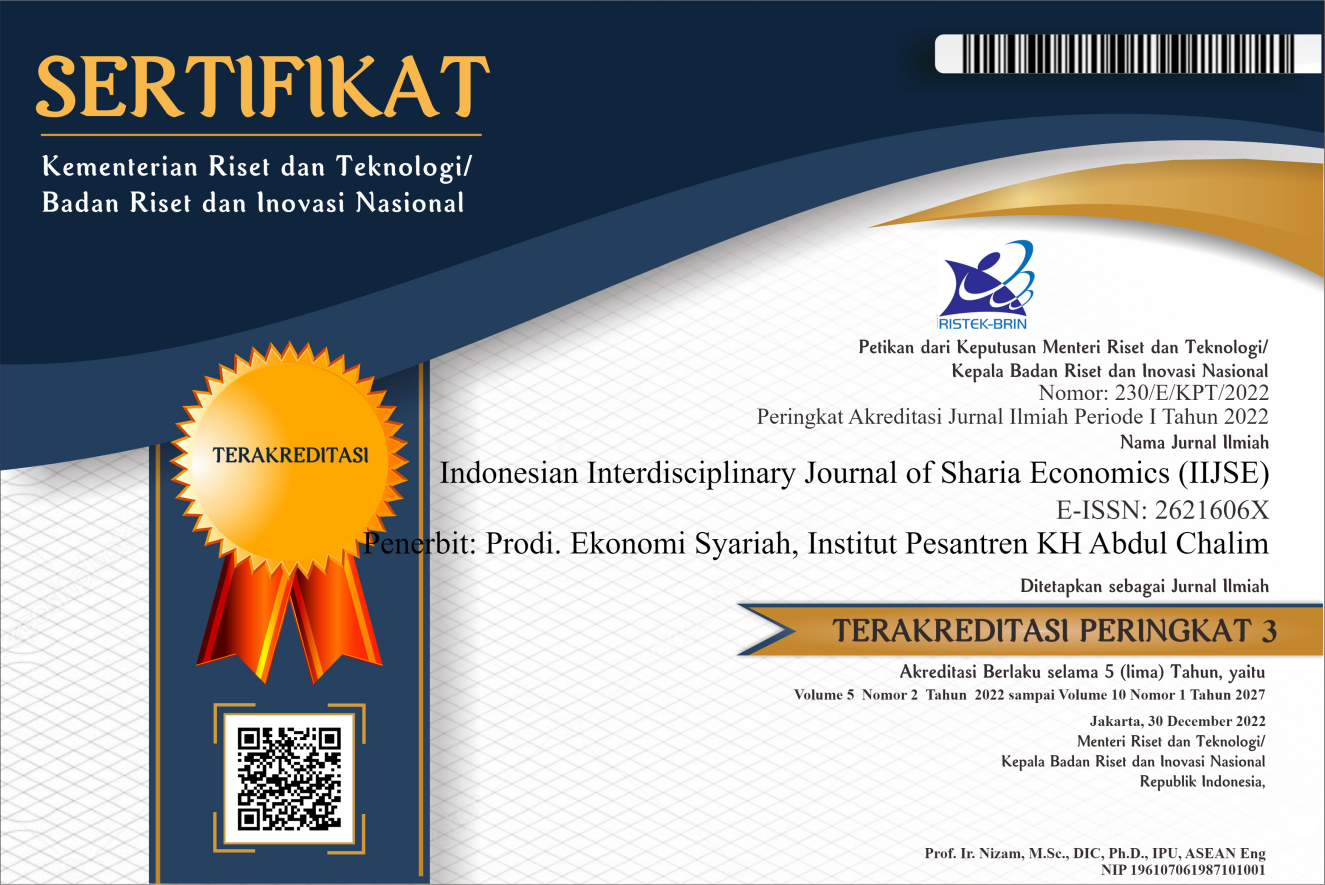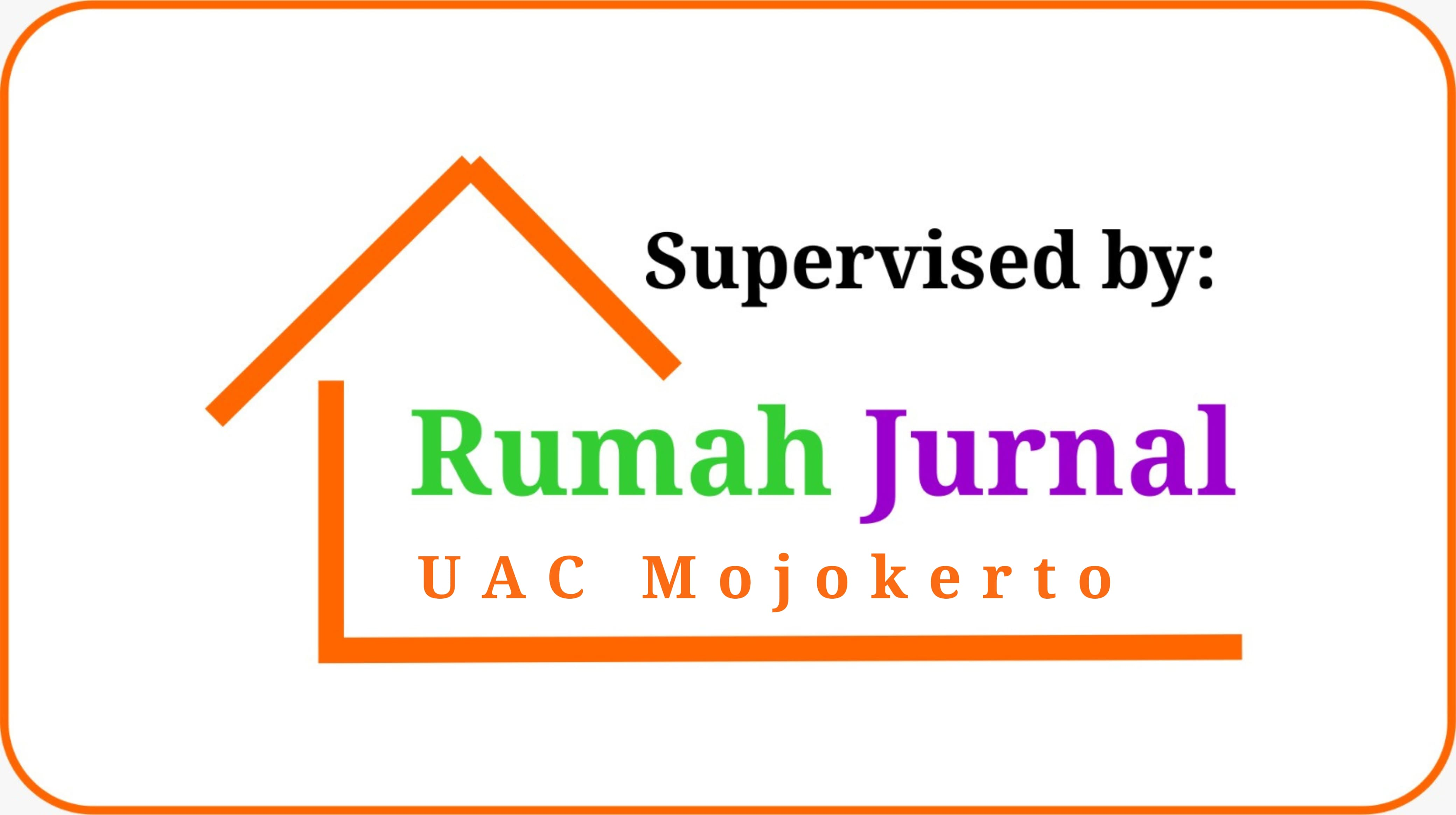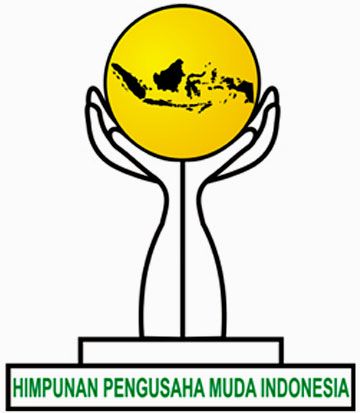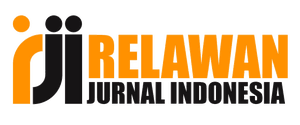Low-Cost Ergonomic Interventions to Reduce Risk Factors for Work-Related Musculoskeletal Disorders in the Denture Fabrication Workforce
Abstract
To reduce risk factors for work-related musculoskeletal disorders (WMSDs) in the denture fabrication workforce, low-cost ergonomic interventions can be highly effective. This study aims to identify the risk of musculoskeletal disorders in the laboratory of PT X and reduce, enhancing worker comfort, productivity, and overall well-being. Using quantitative methods through RULA and REBA, as well as analysis of the ErgoFellow application, it was found that more than 50% of workers experienced musculoskeletal symptoms in the neck, shoulders, upper back, and wrists in the last 12 months. The Nordic Body Map questionnaire showed discomfort in most respondents due to their work. The results of the work posture analysis showed that the casting and sun-blasting workstations had a score of 4 with a moderate risk profile. In contrast, the night cooling workstation had the highest score of 6 with a moderate risk profile, indicating the need for further improvement. The night cooling station in particular requires investigation regarding the lowering of the stove position and adjustment of the pan position to reduce the risk to the arms and shoulders and improve safety. These recommendations are expected to improve working conditions and mitigate musculoskeletal risks at PT X.
Downloads
References
Asuquo, E. G., Tighe, S. M., & Bradshaw, C. (2021). Interventions to reduce work-related musculoskeletal disorders among healthcare staff in nursing homes; An integrative literature review. International Journal of Nursing Studies Advances, 3, 100033.
Bispo, L. G. M., Moreno, C. F., de Oliveira Silva, G. H., de Albuquerque, N. L. B., & da Silva, J. M. N. (2022). Risk factors for work-related musculoskeletal disorders: A study in the inner regions of Alagoas and Bahia. Safety Science, 153, 105804.
Bonfiglioli, R., Caraballo-Arias, Y., & Salmen-Navarro, A. (2022). Epidemiology of work-related musculoskeletal disorders. Current Opinion in Epidemiology and Public Health, 1(1), 18–24.
Choobineh, A., Shakerian, M., Faraji, M., Modaresifar, H., Kiani, J., Hatami, M., Akasheh, S., Rezagholian, A., & Kamali, G. (2021). A multilayered ergonomic intervention program on reducing musculoskeletal disorders in an industrial complex: A dynamic participatory approach. International Journal of Industrial Ergonomics, 86, 103221.
de Souza, D. S. F., da Silva, J. M. N., de Oliveira Santos, J. V., Alcantara, M. S. B., & Torres, M. G. L. (2021). Influence of risk factors associated with musculoskeletal disorders on an inner population of northeastern Brazil. International Journal of Industrial Ergonomics, 86, 103198.
Dewi, S., Islami, M. C. P. A., Sari, R. N., & Jesselyn, C. (2023). Analisis Kelayakan Ekonomi dan Sensitivitas Pengembangan Industri Jasa. Prosiding Seminar Nasional Waluyo Jatmiko, 521–530.
Govaerts, R., Tassignon, B., Ghillebert, J., Serrien, B., De Bock, S., Ampe, T., El Makrini, I., Vanderborght, B., Meeusen, R., & De Pauw, K. (2021). Prevalence and incidence of work-related musculoskeletal disorders in secondary industries of 21st century Europe: a systematic review and meta-analysis. BMC Musculoskeletal Disorders, 22, 1–30.
Gür, B., & Yeşilnar, M. (2024). Evaluation of Working Postures of Emergency Health Services Workers by REBA and RULA Method. International Journal of Social and Humanities Sciences Research (JSHSR), 11(108), 1230–1236.
Islami, M. C. P. A., Dewi, S., & Sari, R. N. (2023). Peningkatan Safety Awareness Pada Kelompok UMKM Melalui Program Work Improvements in Small Enterprise (WISE). INCOME: Indonesian Journal of Community Service and Engagement, 2(3), 173–179.
Islami, M., & Sudiarno, A. (2023). Development of big five personality traits moderation that affecting safety leadership, safety knowledge, and safety culture on safety performance models to reduce accidents in the chemical industry. Proceedings of the 3rd Asia Pacific International Conference on Industrial Engineering and Operations Management, Johor Bahru, Malaysia, 3186–3195.
Karanikas, N., Steele, S., Bruschi, K., Robertson, C., Kass, J., Popovich, A., & MacFadyen, C. (2021). Occupational health hazards and risks in the wind industry. Energy Reports, 7, 3750–3759.
López-González, M. J., González, S., & González-Menéndez, E. (2021). Prevalence of musculoskeletal problems in laboratory technicians. International Journal of Occupational Safety and Ergonomics, 27(3), 840–851.
Malta, G., Fruscione, S., Plescia, F., Argo, A., & Cannizzaro, E. (2024). Accidents at Work: A Meta-Analysis to Improve Risk Assessment and Health Surveillance.
Odebiyi, D. O., & Okafor, U. A. C. (2023). Musculoskeletal disorders, workplace ergonomics and injury prevention. In Ergonomics-new insights. IntechOpen.
Prayoga, R. P., Tranggono, T., & Islami, M. C. P. A. (2024). Analysis of The Influence of Safety Culture, Safety Leadership, And Safety Knowledge on Safety Performance in Coal Mining Companies in Berau. International Journal of Economics Development Research (IJEDR), 5(2), 1435–1455.
Safirin, M. T., Islami, M. C. P. A., Sari, R. N., Panjaitan, A. L. M., & Marwadelia, A. (2023). Analisis Shift Kerja Terhadap Kelelahan Pegawai Produksi Melalui Pengukuran Beban Kerja Fisik Menggunakan Metode Cardiovasculair Load (CVL) dan Perhitungan Konsumsi Energi Pada Perusahaan Pabrikasi di Surabaya. Prosiding Seminar Nasional Waluyo Jatmiko, 511–520.
Safirin, M. T., Islami, M., Sari, R., Dewi, S., & Aryanny, E. (2023). Mental Workload Analysis of Workers Using the Swedish Occupational Fatigue Index (SOFI) Method at A Job Shop, Sheet Metal, And Pipe Metal Manufacturing Company in Surabaya.
Stegink-Jansen, C. W., Bynum, J. G., Lambropoulos, A. L., Patterson, R. M., & Cowan, A. C. (2021). Lateral epicondylosis: a literature review to link pathology and tendon function to tissue-level treatment and ergonomic interventions. Journal of Hand Therapy, 34(2), 263–297.
Suryadi, A., & Islami, M. C. P. A. (2022). Analysis of data mining at supermarket x in Surabaya using market basket analysis to determine consumer buying patterns. Nusantara Science and Technology Proceedings, 28–32.
Suryadi, A., Islami, M. C. P. A., & Ramadhan, G. (2023). Safety Assessment Approach of Hazard and Operability (HAZOP) In A Power Plant Sector. Nusantara Science and Technology Proceedings, 245–251.
Suryadi, A., Islami, M. C. P. A., & Suwardana, R. T. (2023). Penggunaan Pendekatan Cardiovascular Load (CVL) dan Subjective Workload Assessment Technique (SWAT) Dalam Menganalisis Beban Kerja Driver Online. Prosiding Seminar Nasional Waluyo Jatmiko, 411–420.
Suryadi, A., Islami, M. C. P. A., & Zardi, F. I. (2021). Analisis Tingkat Beban Kerja Operator ASC (Automated Stacking Crane) dengan Metode NASA-TLX (National Aeronautics and Space Administration Task Load Index) di PT. Terminal Teluk Lamong Surabaya. The Higher Education Press.
Widjajati, E. P., Islami, M. C. P. A., & Wahyudi, E. (2021). Design of Ergonomic Work Facilities to Reduce Skuble Muscle Disorders with Quick Exposure Check (QEC) Method in CV. XYZ. Nusantara Science and Technology Proceedings, 282–287.
Copyright (c) 2025 Mega Cattleya P.A. Islami, Rizqi Novita Sari, Sinta Dewi

This work is licensed under a Creative Commons Attribution-ShareAlike 4.0 International License.
Authors who publish with this journal agree to the following terms:
- Authors retain copyright and grant the journal right of first publication with the work simultaneously licensed under a Creative Commons Attribution License that allows others to share the work with an acknowledgment of the work's authorship and initial publication in this journal.
- Authors are able to enter into separate, additional contractual arrangements for the non-exclusive distribution of the journal's published version of the work (e.g., post it to an institutional repository or publish it in a book), with an acknowledgment of its initial publication in this journal.
- Authors are permitted and encouraged to post their work online (e.g., in institutional repositories or on their website) prior to and during the submission process, as it can lead to productive exchanges, as well as earlier and greater citation of published work.


